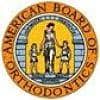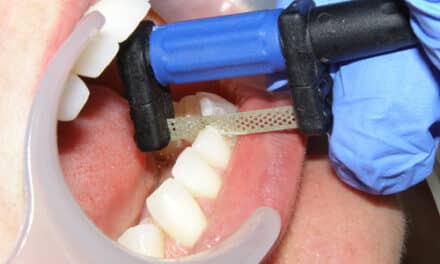The National Association of Dental Laboratories (NADL) has launched a new campaign to raise awareness among the dental community about gray-market products.
“Gray market” is a generic term that primarily refers to products that are traded or sold outside of the manufacturer’s authorized distribution channels. It’s different than the black market, where products are illegally manufactured or illegally sold. Dental professionals and dental laboratories that purchase gray goods often have no knowledge of who has made contact with the materials nor how the vendor might have altered the product.
Gray markets operate in and around most industries, including food, technology, and cosmetics, and thrive in a down economy when many businesses are looking for the cheapest options. As the NADL puts it, “The dental industry is not immune to the effects of businesses trying to save—or in the vendor’s case—make a buck, which leaves dental patients and dentists vulnerable.”
The NADL has created the “What’s in Your Mouth?” campaign to educate dental professionals about what it means to purchase a product from an authorized distributor who might be involved in the gray market and the risks they’re assuming by doing so, as many of these products might not meet FDA registration requirements.
The “What’s in Your Mouth?” campaign encourages dental professionals to consider the following questions to help them identify gray-market vendors and products:
- Is the price “too good to be true?”
- Is the marketing from the distributor mainly through email?
- Is customer service for the vendor hard to reach?
- Is FDA registration information readily available for both the vendor and the material?
- Is the vendor able to provide you with reputable referrals?
- Is the vendor an authorized distributor of the manufacturer?
“Given that we know gray-market products are in the dental industry, it is important that dentists know how to spot a gray-market vendor and gray-market products,” said Gary Iocco, co-chair of the NADL Public Awareness Committee.



